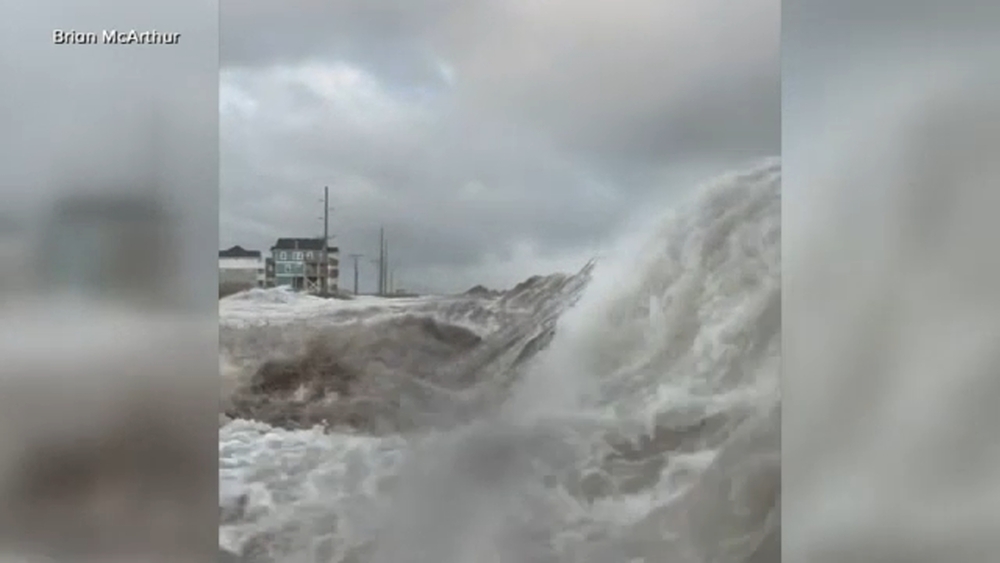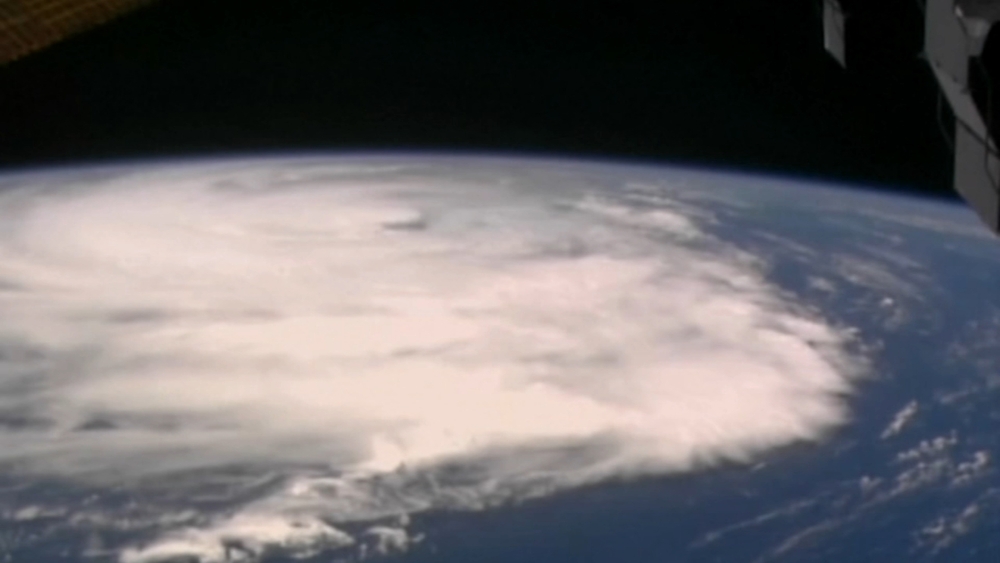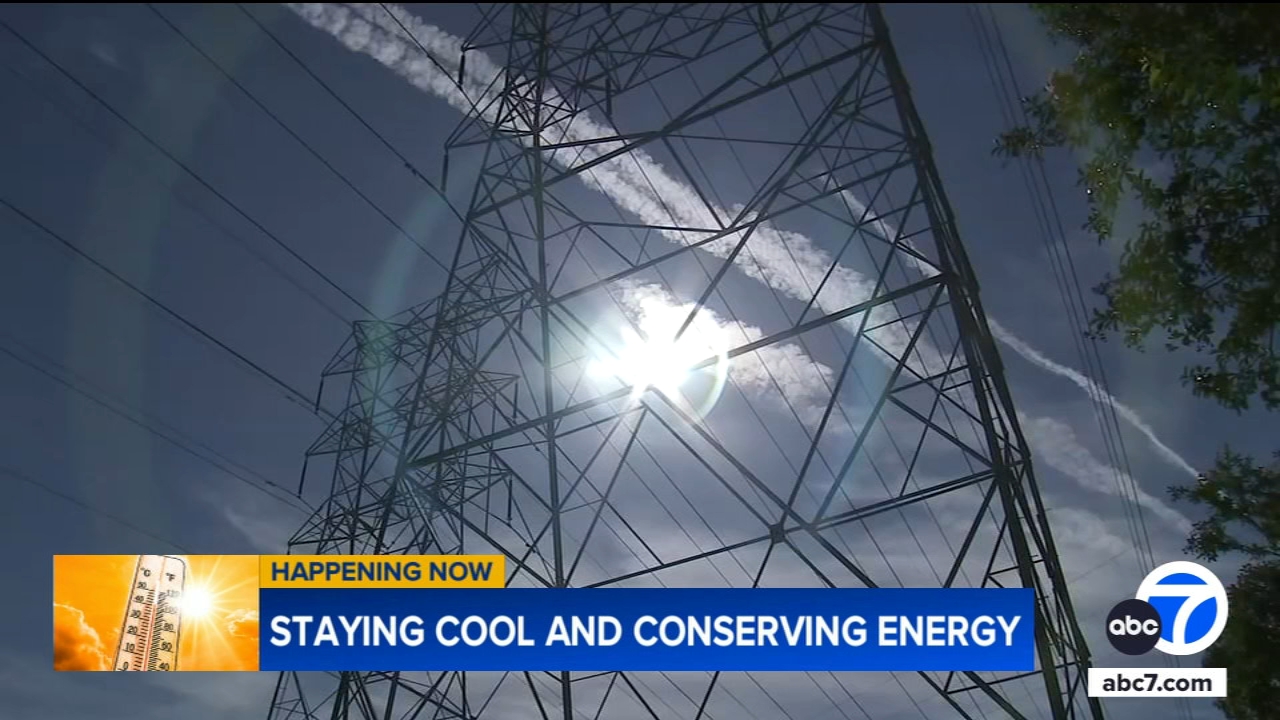Hurricane Erin threatens dangerous surf along East Coast | New tropical system brews in its wake

Hurricane Erin is churning up life-threatening rip currents and dangerous surf along much of the US East Coast and will soon send destructive waves and storm surge to North Carolina's Outer Banks. Meanwhile, Atlantic hurricane season is hitting its stride, threatening to spin up another named storm in Erin's wake.

Erin, a sprawling high-end Category 2 hurricane with sustained winds just shy of Category 3 status, is not forecast to make landfall but will impact much of the East Coast with dangerous coastal conditions as it tracks north, nearly paralleling the coast. Bermuda will face similar conditions to the storm's east.
The impact is already being felt on US coastlines: Around 90 rip current rescues were conducted on Monday in North Carolina.
At least 75 rescues unfolded along the state's southern coast in New Hanover County, officials reported. The county's Wrightsville Beach has issued a no-swim advisory through Friday. Not far to the north, Surf City Fire Department Ocean Rescue Services made 15 rescues, Fire Chief Allen Wilson told CNN.
RELATED: Hurricane Erin creates dangerous rip currents at NJ, Delaware beaches

A tropical storm warning stretches from the middle of North Carolina's coast up to Duck, just north of Kitty Hawk. The warning means tropical-storm-force winds (39 to 73 mph) are expected within 36 hours. A tropical storm watch has been issued for the northern portions of the Outer Banks up to Cape Charles Light, Virginia.
Dare and Hyde counties, which encompass most of the Outer Banks, have already issued local states of emergency with mandatory evacuations for Hatteras and Ocracoke islands.
North Carolina's Highway 12, the slim, scenic stretch of road connecting the islands of the Outer Banks, could be completely inaccessible for several days due to anticipated significant coastal flooding. Other coastal roads could be impassible at times, especially around high tide.
To the south, tropical storm warnings remain in effect for the Turks and Caicos Islands and the southeast Bahamas. A tropical storm watch is also in place for the central Bahamas.
Erin's outer bands lashed those islands in recent days, causing flooding, power outages and airport closures. Puerto Rico also bore the brunt of Erin's outer bands with flooding and widespread power outages.
The hurricane exploded in strength to a Category 5 over the weekend, fueled by very warm water, in one of the fastest rapid intensification bursts on record in the Atlantic. While its category has changed since then, its threat has not.
Erin's life-threatening impacts
Erin's strength will fluctuate between a high-end Category 2 hurricane and a Category 3 hurricane through at least midweek. The hurricane's impact will be felt not through direct landfall, but through water: large, pounding surf, dangerous currents and coastal flooding during high tides.
That water is being driven by Erin's expansive winds. Tropical storm-force winds extended more than 200 miles out from Erin's center Tuesday morning and will reach more than 280 miles by Thursday, when it makes its closest pass to the North Carolina coast.
Erin's winds could push up to 4 feet of storm surge onto North Carolina's Outer Banks late Wednesday into Thursday. A storm surge warning is in effect for a large portion of the region. Rip current risks are also high along much of the East Coast Tuesday as seas get increasingly rough and will likely persist at that level through much of the week.
Extensive beach erosion is likely in the Outer Banks, with waves of 20 feet or more forecast this week, according to the National Weather Service. These large waves "will likely cause severe beach and coastal damage," the National Weather Service in Morehead City, North Carolina, warned Tuesday.
Protective sand dunes could be inundated and destroyed, which could lead to severe flooding inland, National Park Service officials at Cape Hatteras National Seashore warned Monday.

The tides around the Outer Banks will be at their highest levels of the month on Wednesday and Thursday. Adding Erin's large waves to the mix could cause serious coastal flooding.
Bermuda also lies in Erin's path of influence, with forecasters expecting the island to see very rough seas and possibly tropical storm-force winds later this week.
More tropical trouble could follow Erin
Atlantic hurricane season's most active stretch typically kicks off in mid-August and that's certainly ringing true this year. The National Hurricane Center is monitoring two areas for possible tropical development in the same part of the Atlantic Erin tracked through last week.
The first area of disorganized showers and thunderstorms is over the open tropical Atlantic and has a medium chance of developing into a tropical depression or tropical storm within the next week.
The storminess is forecast to approach the Leeward Islands on Friday, but it's still unclear if it will be able to develop into at least a tropical depression by then or if that organization will happen over the weekend. Without that key point in focus, it's even less clear where the system could head from there. Anyone in the Caribbean, Bahamas and southeastern US should keep an eye on the forecast this week.
Another area near Africa's Cabo Verde islands has a low chance to develop over the next few days before it runs into more hostile atmospheric conditions at the end of the week. If this system does develop into a tropical depression or tropical storm in the coming days, it will likely slowly trudge over the Atlantic, away from land, into at least next week.
The next two tropical storms that develop in the Atlantic will be given the names Fernand and Gabrielle.
(The-CNN-Wire & 2025 Cable News Network, Inc., a Time Warner Company. All rights reserved.)










